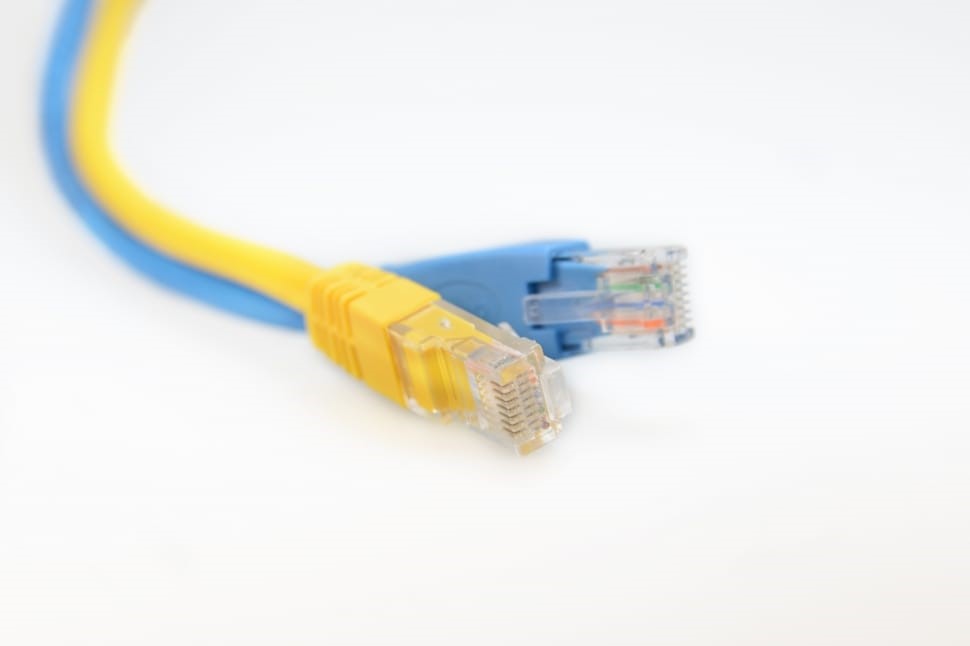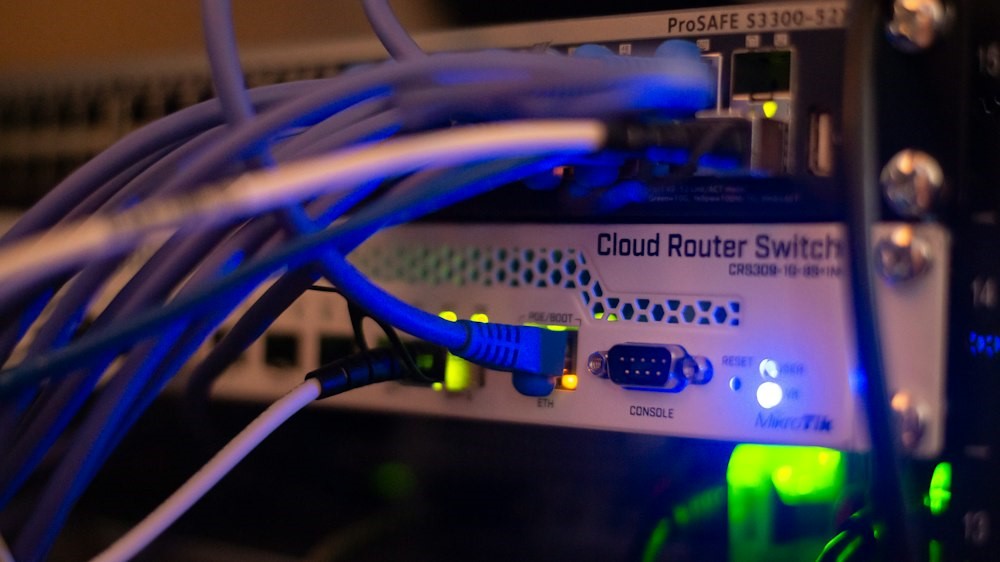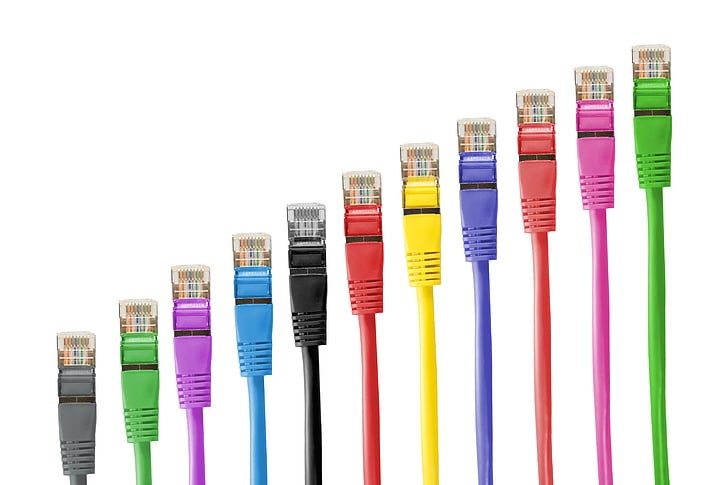You might have come across different Ethernet cable colors while looking for networking equipment. Often, these colors can be confusing, especially when you want to create a network with multiple types of Ethernet connections. To solve this confusion and help you organize your Ethernet cables better, I have prepared a complete guide on Ethernet cable colors. As always, I have kept things as easier as possible.
Ethernet Color Code System Explained
Even though you can find different Ethernet cable colors in the market, they do not have any intrinsic value. That is, the performance and speed of the Ethernet cable depends upon the category and shielding options. However, you can use an Ethernet color coding system to better organize a network.
International Standards for Ethernet Cable Colors
Contrary to what many people believe, international standards for Ethernet cables colors do not exist. Even though Ethernet cables are categorized based on their speed, performance and shielding options, the colors are, more often than not, random.

More importantly, Ethernet cable colors are dependent on the time and the place they are manufactured. For instance, we can take the case of a CAT6 Ethernet cable in blue color, which was made in the United States in 2001. But a blue color Ethernet cable made in the United Kingdom in 2022 could have different set of specifications and rated performance.
So even though there are certain guidelines to better organize Ethernet cables from organizations such as IEEE, the crux of the matter is that international standards do not exist. In other words, it is pointless to tell apart different Ethernet cables by looking at their color.
Do You Need an Ethernet Color Code?
Even though international level standards for Ethernet cable colors are non-existent, there are instances when you need color-coded Ethernet cables.

Let’s take the case of a data center or a home office, for example. In a complex networking scenario, you are likely to have different types of Ethernet cables, some of them carrying power and some of them shielded for additional protection, etc. In these instances, you will need a system where you can tell apart these Ethernet connections.
For instance, you should have a system where you can distinguish power-carrying Ethernet connections from the ones that do not carry power. It will make things easier and create a system where things are organized. So, from an organization point of view, Ethernet cable colors are useful. But it is completely up to you to pick which color goes where.
Industry Standards for Color-coding Ethernet Cables
It must be clear to you by now that having color-coded Ethernet cables makes a difference when it comes to organizing the network. Therefore, even with the lack of universal color-coding systems, many industries have been following some standards to color-code their cables. If you want to make things easy for network engineers and other professionals, you might consider following these standards.

Grey Ethernet cables are the most standard color of Ethernet cables that you would find within industries and residential networks. This happens because this Ethernet cable color has been used by many industries for years.
At the same time, Black Ethernet cables are usually used in outdoor network scenarios. This is also because these Ethernet cables come with an additional layer of protection from wind, sunlight, moisture and other physical hindrances. So if you want to keep things secure, you might want to go for a color that doubles as an insulation layer.
Next, we have Blue Ethernet cables that you can find in a local area network. And these cables are mostly used to establish the connection between a terminal server to the LAN. So these servers are used to set up a LAN without using a network interface. And blue Ethernet cables are used to distinguish these systems from a rather standard Ethernet connection.
As per the industry standards, you might want to use Yellow Ethernet cables when you need to power a device through Ethernet. These cables are also known as POE, which refers to power over Ethernet. They are given the yellow color because professionals will have to tell apart power-carrying Ethernet cables and the traditional Ethernet cables. So if you have POE devices, you should pick a yellow color Ethernet cable.
You might also come across Green Ethernet cables that are used for crossover connections. These connections are commonly established between different devices instead of using a network switch or hub. So if you have such crossover connections between two devices within your home network, you would want to choose a green Ethernet cable to make things easier.
My Suggestions for Color-coding Ethernet Cables
I would suggest a few things that I have understood while setting up multiple office and home networks over the past couple of years. The idea for color coding Ethernet cables is that it should be easy for you to distinguish. However, if you are not setting these things up yourself or seeking the help of a professional, you should consider what would make things easier for them.
For instance, you do not want to use random color Ethernet cables for different purposes. At least, even if you don’t want to tell apart different types of connections, you should use different cable colors for power-carrying Ethernet connections and non-power-carrying Ethernet connections.
I have had multiple instances where network professionals have thanked me for keeping Ethernet cables organized. It also makes it easy for me to tell them that they should stay away from a particular type of wire and that they should not unplug something important.
Frequently Asked Questions
Universally, the colors of Ethernet cables do not mean anything, as the performance or speed of Ethernet cables are not determined by the colors of the cables. However, some industry standards are followed in how these cables are color coded.
A and B are mostly used when it comes to RJ45 color code and not Ethernet wiring color. But this is a different topic. But you should keep in mind that the United States networking standards prefer T568B connectors to T568A connectors.
Conclusion
I believe the insights I have provided will help you better color code the Ethernet cables that you use in your home or office network. Once again, I would like to mention that these colors are completely random and that they do not affect the speed and performance you get from these Ethernet cables.